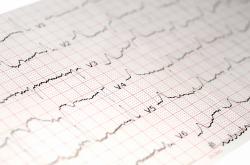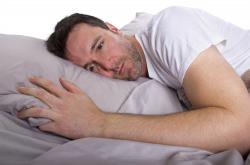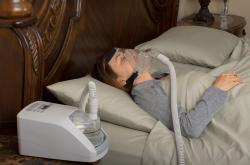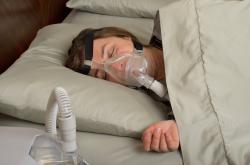How To Take Power Naps To Get Rid Of Daytime Fatigue
Some people thrive on napping during the day, while others think it makes them groggy and irritable. How can you make your power nap recharge your batteries without compromising your night’s sleep?

What is a power nap?
Great men and women have often used a short nap to recharge their batteries. The wartime Prime Minister, Winston Churchill took frequent naps and felt it gave him to strength to carry on. He even arranged his Cabinet meetings around his napping schedule. Nikola Tesla, the inventor genius, and some time collaborator of Thomas Edison, worked at fever pitch for days on end, without sleep. He managed to get by on naps alone. The great eccentric painter, Salvador Dali, used to nap, holding a spoon over a frying pan. When he nodded off, the spoon would fall into the frying pan and wake him up. Although Dali’s nap was not very long, it seems to have refreshed him to some degree. Mothers with young children, students studying for exams, busy executives can all benefit from power naps.
The best length for a nap is around twenty minutes, less is all right, but more isn’t so effective. This is because after twenty minutes, you will enter a deeper sleep phase and coming too quickly out of this will interrupt the cycle and make you wake up feeling groggy and disoriented. [Please seeThe Stages and Cycles of Sleepfor more information about the cycles of sleep.]
In many ways, power napping has similar benefits to meditation and relaxation. The specific benefits of napping include:
- Positive effect of rest on the whole body
- Increase in cellular repair, thus making your body function more efficiently with less effort
- Improvement in heart functioning
- The brain calms down and stress levels reduce.
The best way to power nap
Time and duration
The best time to nap is between 2 and 4 pm. At that time, there is a dip in body temperature as well as a decrease in alertness, which is a smaller version of the dip in temperature and alertness that occurs at night. You can nap for up to twenty minutes, but no longer as you will enter a deeper phase of sleep. If you then don’t conclude the whole cycle, your nap will leave you feeling disoriented and tired.
Frequency
You should take a regular nap each day at the same time. Your circadian rhythm will be otherwise be disturbed and you might find it hard to sleep at night.
Preparation
Find a quiet place where you won’t be disturbed and you will feel comfortable lying down. Darken the room (as you would for normal sleep during the night). Set the alarm clock for twenty minutes.
Temperature
Use a blanket to cover yourself or wear an extra sweater so that you won’t be woken by an uncomfortable drop in body temperature.
Longer naps and polyphasic sleep
Longer naps (where you complete at least one complete cycle of sleep) are regarded as polyphasic sleep. This means that you are splitting your night’s rest into two parts (which are probably not equal). Having longer naps will decrease your need for night sleep.
Polyphasic sleep works for some people very well. By dividing their sleep into several parts, they are more flexible in the hours they can be awake. Polyphasic sleep works well in some climates where it is too hot to function for a couple of hours in the middle of the day, but cooler at night. This means that more can be done during the evening hours, and so it makes sense to have a siesta, which is a form of polyphasic sleep, and sleep slightly less during the actual night itself.




.jpg)












Leave a comment